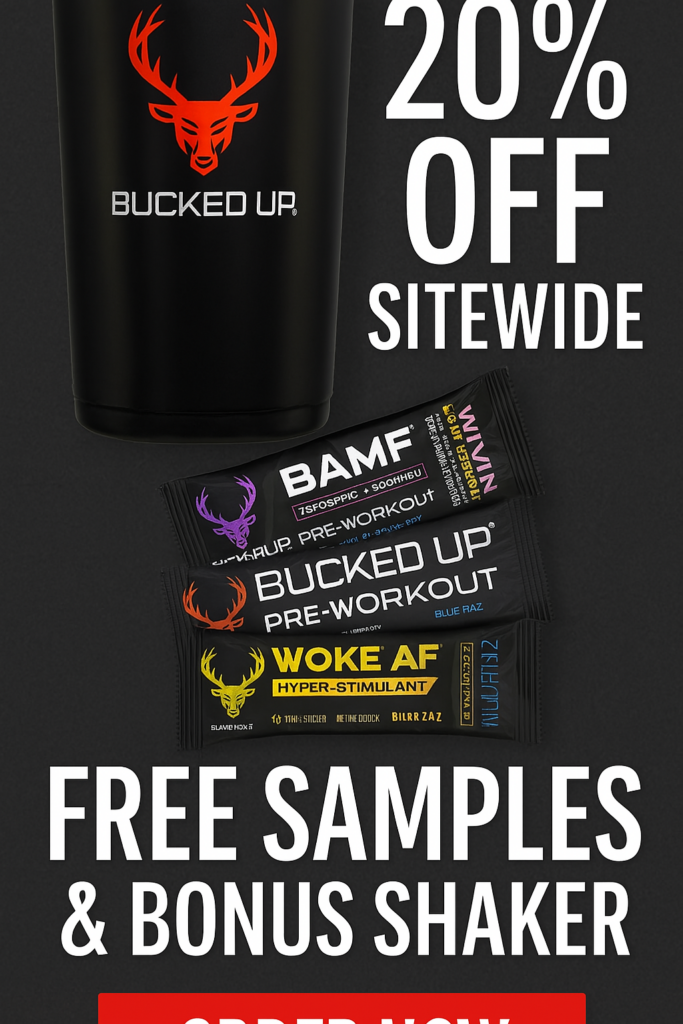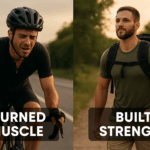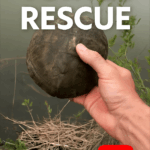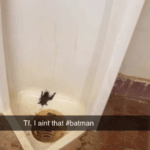Understanding Gluconeogenesis, Muscle Loss, and Why Cardio Isn’t Always the Answer
Most people think that more cardio equals more fat loss. I used to think that too—until I ended up gaining fat while biking 30–40 miles a night.
Let me clarify that. I wasn’t gaining fat because of biking. I was gaining fat because I was biking too much without enough fuel in my system during the ride — especially while in a calorie deficit. By the time I tried to eat afterward, the muscle loss had already happened. Recovery meals can help, sure — but once your body has already broken down muscle for fuel, that damage is done. What really happened is this: I lost muscle, and then gained fat in proportion. My body composition got worse, even though I was technically “burning calories.”
The scientific name for what happened to me is gluconeogenesis. It’s a metabolic process where your body makes glucose from non-carb sources — usually amino acids from your muscle tissue. When your body runs out of stored glycogen (carbs), and you keep pushing through long bouts of exercise, it starts breaking down your own muscle to create energy. Not fat. Muscle.
What Is Gluconeogenesis?
Gluconeogenesis literally means “creating new glucose.” Your body can do this using amino acids (from protein), lactate, and even glycerol. And yes — one of the main sources of those amino acids is your own muscle tissue, especially if you’re in a calorie deficit and not getting enough dietary protein.
This is why elite athletes load up on carbs before, during, and after long bouts of cardio. Because if you don’t have carbs, your body will start raiding your muscle to make sugar.
The Problem With Too Much Cardio in a Calorie Deficit
If you’re overweight, the idea of jumping into long bike rides or runs sounds noble — and for some people, it helps at first. But once you’re leaner, especially if you’re already low on body fat, your body has nowhere else to go. It’ll break down muscle for energy. Then when you eat again, your body will be more primed to store fat — and with less muscle mass, your resting calorie burn goes down.
That’s how you can actually gain fat after extreme cardio routines, even if you’re technically losing weight. It’s not the kind of weight you want to lose.
How to Prevent Muscle Loss During Cardio
If you’re going to do long, high-intensity cardio, there is a way to prevent this.
✅ You can eat more before you exercise — especially carbs like fruit, honey, or even a scoop of glycerol or fast-digesting sugar.
✅ You can sip carbs during the activity — like endurance gels or a sports drink.
✅ You can increase daily protein intake to keep a positive nitrogen balance.
But here’s the catch:
If you’re doing cardio to lose weight, then constantly adding more food just to fuel the cardio starts to defeat the purpose. You’re basically eating extra just to survive the workout.
So instead of fighting your body, why not choose an exercise that doesn’t even require those extra calories?
Why Rucking Solves This
This is exactly why I switched to rucking.
Rucking lets me:
- Keep my heart rate in a fat-burning zone (lower intensity)
- Avoid spiking demand for fast carbs
- Preserve muscle by not crossing into high-catabolism zones
- Burn serious calories without needing to “carb up”
- Maintain good posture and reduce injury
- Actually build leg and core strength, not tear it down
It’s also cheaper, simpler, and more consistent than biking. No flats. No gear issues. Just a vest and a trail. You can even write articles or take calls while doing it — I do.
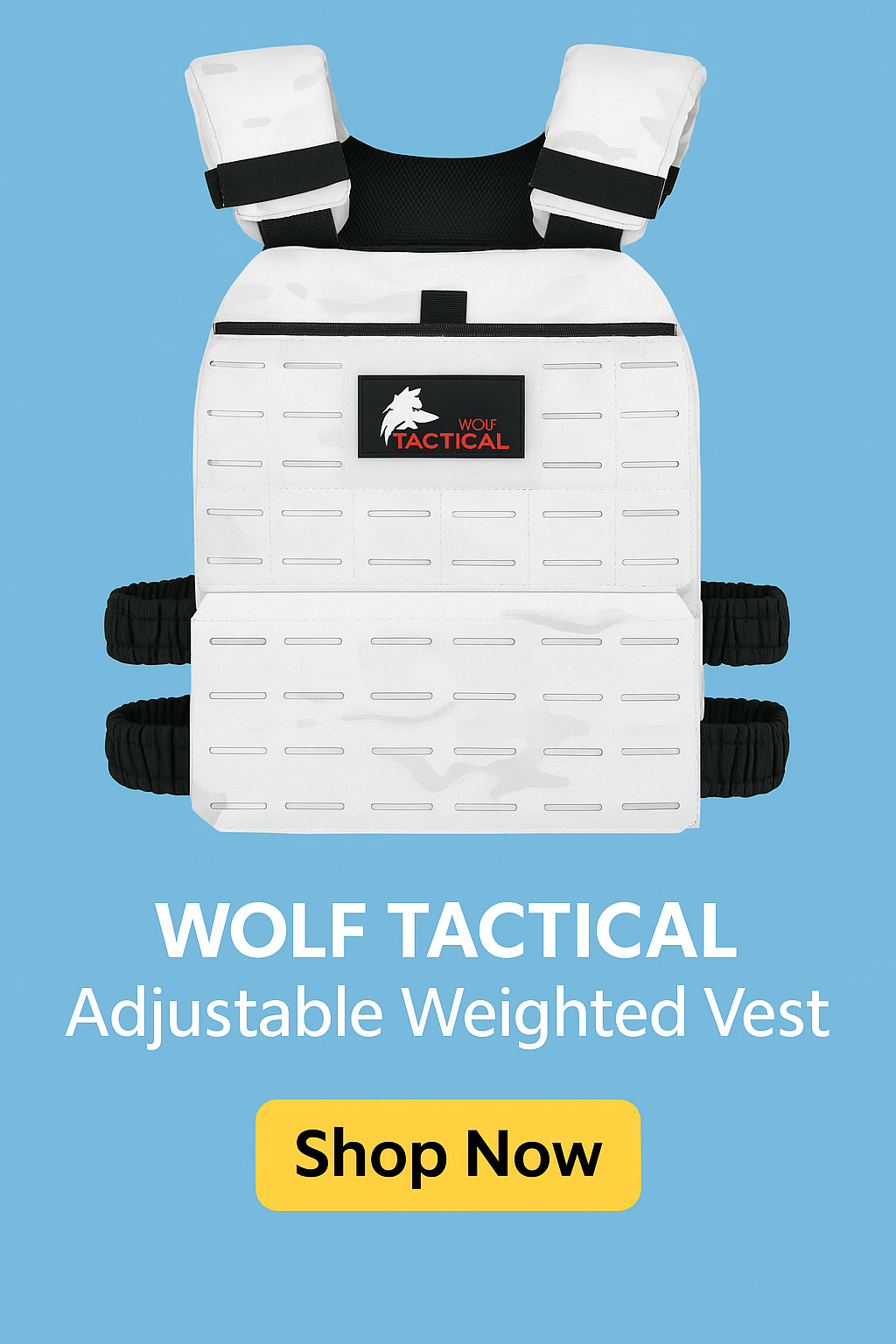
🫀 What About Cardio? It Still Matters.
Let’s be clear: cardio is good for you.
It strengthens your heart, improves circulation, boosts endurance, and helps regulate mood and stress. Everyone should include some form of cardio in their weekly routine. But like anything, dose matters — especially when you’re in a calorie deficit or trying to preserve muscle.
Here’s what I learned the hard way:
Too much high-intensity cardio while under-fueled can backfire. That’s what happened to me when I was biking 30–40 miles a night without enough food. I stayed in a high heart rate zone for hours, burned through my glycogen, and then my body started breaking down muscle for energy. That’s not fitness — that’s a slow self-cannibalization.
So here’s the nuance:
- Biking isn’t bad — it’s just not meant to be endless if you’re under-fueled.
- Long rides are fine — but eat accordingly.
- 30-minute sessions can still be great for hitting higher heart rates and building cardio fitness without tipping into muscle loss territory.
- Rucking is cardio too — it’s just lower-intensity, steady-state, and easier to recover from. That’s why I do it daily.
I still hop on the bike sometimes. I just treat it like what it is: a tool, not a punishment. If I want to ride longer, I plan to eat more. That’s it. No drama. No guilt.
Cardio should complement your fitness — not undermine it. The goal isn’t to drain yourself dry trying to “burn fat.” The goal is to build a body that works efficiently, feels good, and gets stronger over time.
So this isn’t anti-cardio.
It’s pro-recovery, pro-balance, and pro-muscle preservation.
If you’re trying to lose fat, you’ll go further by thinking like the tortoise — not the hare. Add some weight to your back. Walk tall. Recover well. And mix in those higher heart rates smartly, not recklessly.
💪 Want Help With Your Training?
If you’re serious about losing fat without burning muscle, or just want a smarter, more sustainable fitness plan — I can help.
I’m a certified personal trainer with a focus on real-world results, metabolic health, and methods like rucking that actually work.
Whether you want to lose weight, build muscle, or finally escape the endless cardio trap — I offer one-on-one online coaching that’s tailored to your goals.
📧 Email me directly at Preston@PrestonShamblen.com
🧠 Or check out my offer page: PrestonShamblen.com/training
Discover more from Preston Shamblen
Subscribe to get the latest posts sent to your email.

